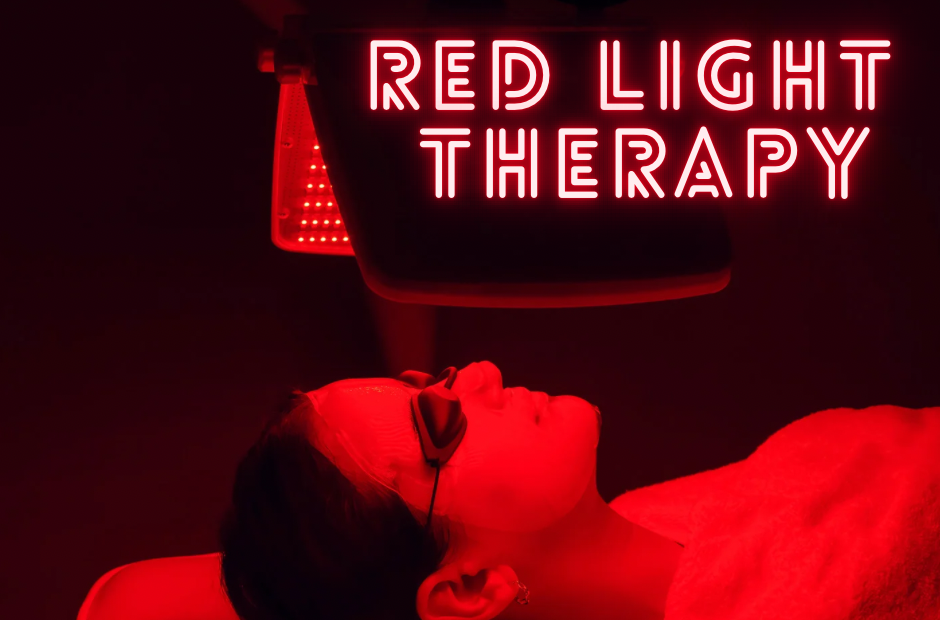What Is Red Light Therapy?
Red light therapy uses low levels of red and infrared light to target your skin and cells. It’s often used to treat signs of aging and sun damage. Red light therapy is non-invasive and it delivers enough energy to stimulate a response from the body within cell function to promote healing. It helps improve skin health, optimizes sleep, and alleviates muscle and joint pain.
Skin absorbs the infrared and red light to transform it into energy -increasing production of mitochondria, your cells’ energy sources – to stimulate healing by improving cell function and repair, through cellular regeneration. According to biologists, they established that cells exposed to near-infrared light from LEDs grow 150-200% faster than cells not stimulated by such light.
How Does Red Light Therapy Work?
In red light therapy, you expose your skin to a lamp and device. It uses an LED (light-emitting diode) that emits the correct spectrum of light. Red LED light travels deeper into the skin and is most often used to help with antiaging and overall skin health. Blue LED light doesn’t travel as deep into the skin and is most often used to treat skin surface conditions such as acne and oil production. When the light enters your skin, your mitochondria soak it up and make more energy, which helps cells repair themselves.
Red light therapy uses very low levels of heat and doesn’t hurt or burn the skin. Unlike the light used in tanning booths, it doesn’t expose your skin to damaging UV rays.
What Are the Benefits of Red Light Therapy?
Research on the benefits of red light therapy is ongoing. While more research needs to be done, there is some evidence that it may be useful for several health and beauty concerns.
Red light therapy for skin
Research shows red light therapy may smooth your skin and help with wrinkles. Researchers think it does this by stimulating collagen production, which helps improve skin elasticity. Research shows it also helps improve signs of sun damage.
Red light therapy for acne
Research has found that red light therapy can be effective for acne treatment. This may have to do with its ability to help reduce inflammation. In addition to helping with active acne lesions, red light lasers may also help treat old acne scars.
Red light therapy for pain
Research shows that red light therapy may be useful for relieving some types of pain, particularly pain due to inflammation (irritation and swelling of body tissues).
Red light therapy for arthritis
A review of studies found that red light therapy may be a helpful short-term treatment for pain and morning stiffness for patients with rheumatoid arthritis. However, it doesn’t seem to be very helpful for other forms of arthritis, such as osteoarthritis.
Red light therapy for hair loss
A review of multiple studies found that red light therapy can be an effective treatment for androgenic alopecia, a genetic disorder that causes hair loss. Another review of 11 studies found similar promising results. In some studies, hair thickness improved as well as hair growth.
Advantages:
-Promotes anti-inflammatory effects
-Increases collagen production via ATP (adenosine triphosphate)
-Increases circulation and strengthening capillary system
-Increases lymphatic system activity
-Increases in DNA and RNA (ribonucleic acid) synthesis
-Stimulates fibroblast activity
-Helps reduce risk of infection
-Increases the cell membrane permeability, which allows for deeper penetration of active ingredients and nutrients found in topical skincare products
-Specifically red light is absorbed by mitochondria and stimulates intercellular energy transfer (ATP) production for enhanced cell vitality and permeability, increased production of new collagen, and increased turnover of collagen and elastin fibres.
